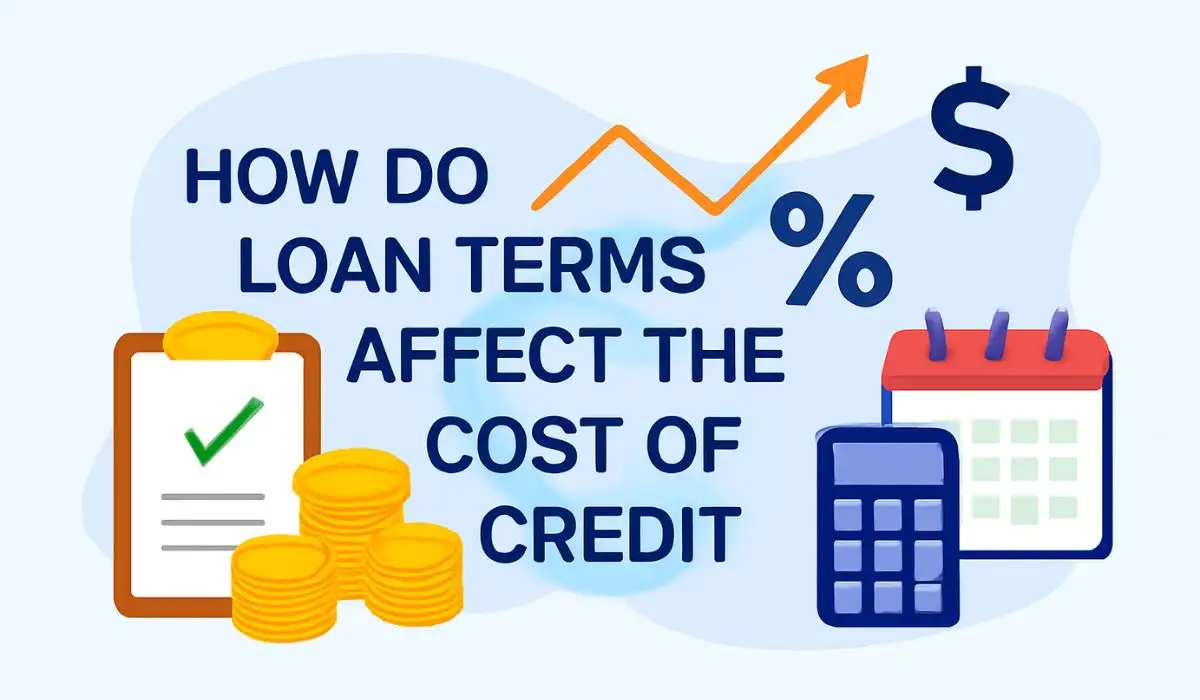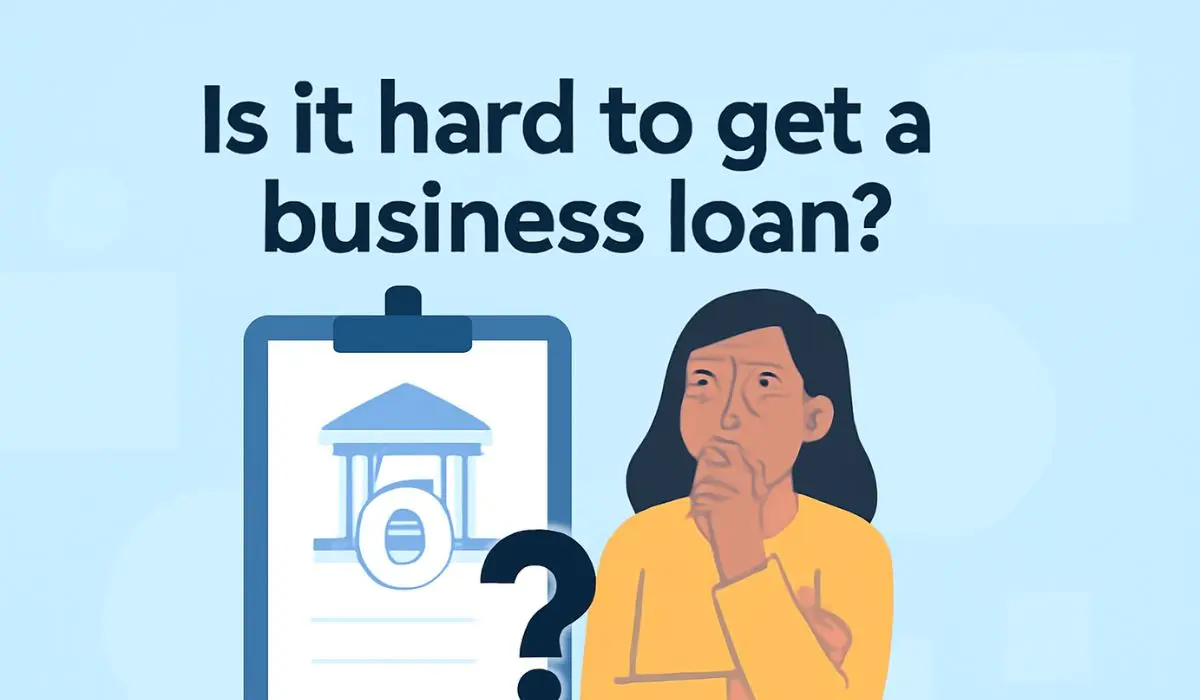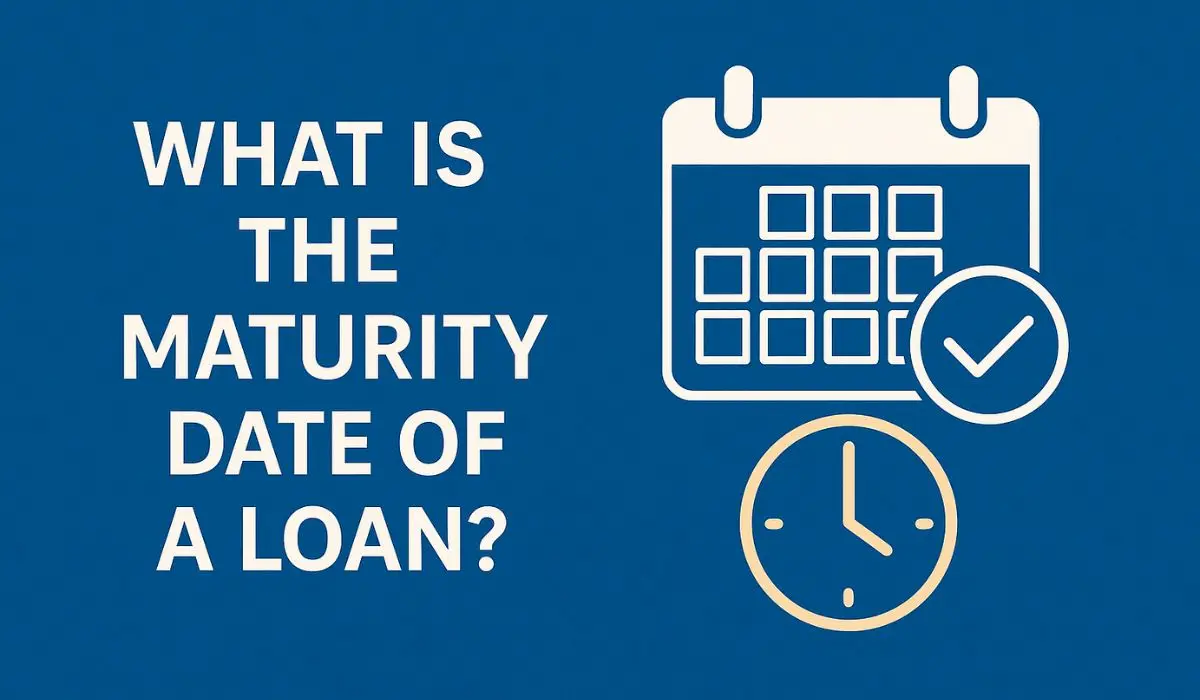When you borrow money, whether for a mortgage, auto loan, or personal loan, the loan terms play a crucial role in determining how much you will pay over time. Loan terms are not just about how long you’ll take to repay the loan. They also influence your monthly payments and the total cost of credit.
What Are Loan Terms?
Loan terms refer to the conditions attached to a loan, including the length of time you’ll spend repaying the debt and other details such as the interest rate, fees, and the payment schedule. The most common loan terms are usually between 12 months to 30 years, depending on the type of loan.
For example, mortgages often come with terms of 15 or 30 years because they involve larger amounts of money. Auto loans and personal loans, on the other hand, usually have shorter terms, ranging from 3 to 7 years.
Impact of Loan Terms on Monthly Payments
One of the first things most borrowers notice when choosing a loan is how much their monthly payment will be. Loan terms directly affect this:
- Longer Loan Terms: When you spread a loan over a longer period, your monthly payments become lower because the total loan amount is divided into smaller portions. However, while this reduces your monthly burden, it means you’ll be in debt for a longer time.
- Shorter Loan Terms: On the other hand, a shorter loan term means higher monthly payments since the same loan amount is paid off over a shorter period. However, the total loan repayment time is reduced.
For example, if you borrow $20,000 for 60 months, your monthly payments will be smaller than if you borrowed the same amount for only 36 months, but the shorter loan term means you’ll be paying off the loan faster.
How Loan Terms Affect Total Interest Paid
Loan terms don’t just affect your monthly payments—they also affect how much interest you’ll pay in total. Longer loan terms typically result in more interest paid over time, while shorter terms reduce the total interest costs.
Why is this? When a loan term is longer, you’re making monthly payments for a longer period. Lenders charge interest on the remaining balance of your loan each month, so with a longer repayment period, you’ll end up paying more in interest.
For example:
- A 10-year loan for $20,000 at a 10% interest rate may result in $11,716 in interest over the life of the loan.
- A 5-year loan for the same amount at the same interest rate would only result in $5,496 in interest.
As you can see, shorter loan terms generally result in paying much less in interest.
Interest Rates and Loan Terms
Interest rates and loan terms have a direct relationship. Generally, lenders charge higher interest rates on loans with longer terms and lower rates on shorter loans. This is because longer loan terms carry more risk for lenders; the longer the repayment period, the higher the chance the borrower may default.
If you opt for a short loan term, you are perceived as less risky to lenders, so they often reward you with a lower interest rate. On the flip side, a longer-term loan can come with a higher rate because lenders face a greater risk over a more extended period.
Short-Term vs. Long-Term Loans: Pros and Cons
Pros of Short-Term Loans:
- Lower Interest: Short-term loans often come with lower interest rates and fewer payments, saving you money in the long run.
- Faster Debt Repayment: By paying off the loan quicker, you free up money for other financial goals such as savings or investing.
Cons of Short-Term Loans:
- Higher Monthly Payments: Short-term loans come with higher monthly payments, which can strain your budget.
- Smaller Loan Amounts: Because of the higher monthly payments, lenders may approve you for a smaller loan with a short term, which may not meet your full needs.
Pros of Long-Term Loans:
- Lower Monthly Payments: Long-term loans offer lower monthly payments, making them easier to fit into your budget.
- Higher Loan Amounts: Since the payments are spread out over a more extended period, lenders are often willing to approve larger loans.
Cons of Long-Term Loans:
- Higher Interest: You will pay more in interest over the life of the loan due to the extended term.
- Longer Debt Timeline: A long-term loan means you’ll be in debt for a longer period, which might affect your financial flexibility.
Factors to Consider When Choosing Loan Terms
When choosing a loan term, it’s essential to think about your current budget and future financial goals. Here are some factors to keep in mind:
- Budget and Affordability: Review your budget to determine what you can afford to pay monthly. If higher payments are manageable, a short loan term might be beneficial to reduce the total cost of interest. But if you need more flexibility, a longer term may be more suitable.
- Income Stability: If your income is stable, you may be able to handle a short-term loan. However, if your income fluctuates, a longer loan term might offer more breathing room in case of financial uncertainty.
- Financial Goals: If you aim to minimize debt as quickly as possible, a short-term loan is the better option. But if keeping your monthly payments low is a priority, and you’re comfortable with paying more over time, a longer loan term may suit your needs.
How to Calculate the Total Cost of a Loan
To calculate the total cost of a loan, including interest, you can use a loan calculator. These tools help you estimate how much you’ll pay each month and how much interest you’ll end up paying over the life of the loan.
- Amortization Schedule: This is a breakdown of each monthly payment, showing how much goes toward the principal (the original loan amount) and how much goes toward interest. In the beginning, more of your payment will go toward interest, but as time goes on, more of it will go toward paying off the principal.
- Extra Payments: If you plan to pay more than the required monthly payment, this can significantly reduce the amount of interest you pay over time.
Conclusion
Choosing the right loan term is a critical decision that will affect both your monthly payments and the total cost of the loan. By understanding how loan terms work, you can make a more informed choice that aligns with your financial goals and budget.
Whether you choose a shorter loan term to save on interest or a longer loan term to lower monthly payments, it’s essential to weigh the pros and cons and select the best option for your situation.
When in doubt, consider using online calculators or speaking to a financial advisor to get a clearer picture of how different loan terms will impact your overall financial plan.
FAQs
Loan terms affect the cost of credit by influencing the monthly payments and total interest paid. Longer terms lower monthly payments but increase the overall interest cost, while shorter terms result in higher monthly payments but less interest paid over time.
Loan terms impact the cost of credit by determining the length of repayment and the interest you pay. Longer terms generally mean lower payments but more interest, while shorter terms have higher payments but lower interest.
The loan term affects how much you pay each month and how much interest you pay overall. Longer terms spread the debt over a more extended period, lowering payments but increasing the total interest, while shorter terms increase monthly payments but reduce the total interest.
Loan terms impact both your monthly payments and the total interest cost. Longer terms result in lower monthly payments but higher overall interest, while shorter terms have higher payments but lower total interest.
Credit terms affect the cost of credit over time by determining how much interest accumulates. Longer credit terms lead to more interest over time, while shorter terms save on interest but require higher monthly payments.






